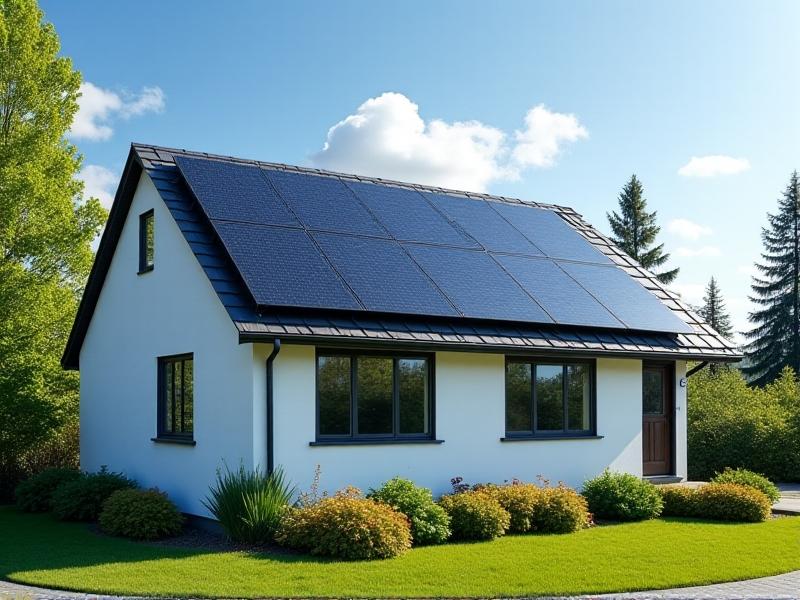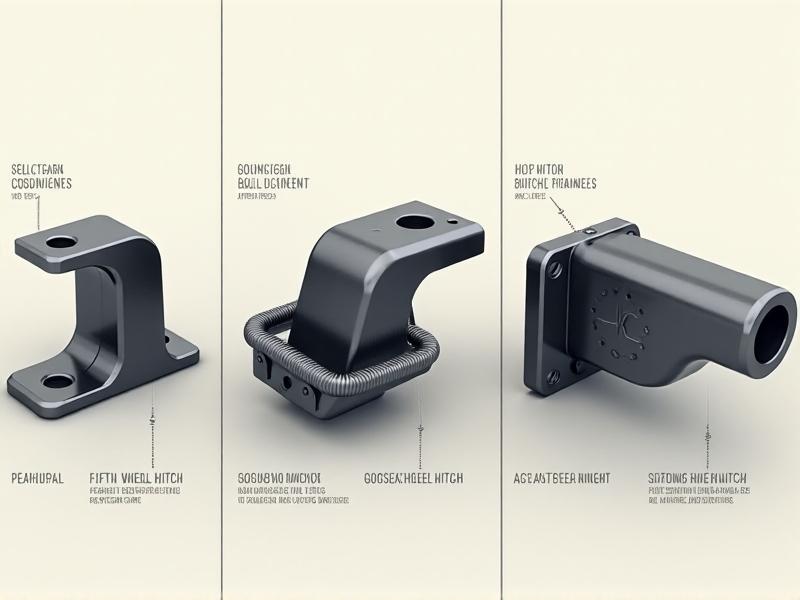Propane vs Electric Appliance Efficiency
Understanding Energy Efficiency in Home Appliances
When evaluating propane versus electric appliances, energy efficiency often takes center stage. Efficiency here refers to how effectively an appliance converts its energy source into usable heat or power. Propane appliances rely on combustion, burning gas to generate immediate heat, while electric models use resistive heating or induction technology. Each method has trade-offs: propane offers instant high heat but may lose energy through exhaust, whereas electric systems can achieve near-perfect energy conversion but depend on grid efficiency. Understanding these differences helps homeowners make informed choices based on usage patterns, local energy costs, and environmental priorities.
Energy Source Comparison: Propane vs. Electricity
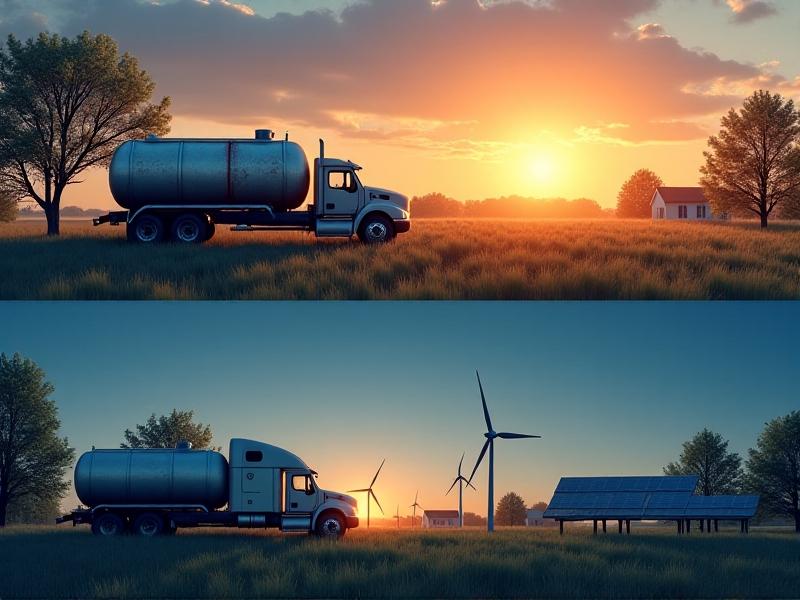
Propane and electricity derive from fundamentally different sources. Propane is a liquefied petroleum gas (LPG) stored in tanks and delivered on demand, making it a portable, grid-independent option. Electricity, however, originates from a mix of sources—coal, natural gas, nuclear, or renewables—depending on regional infrastructure. This distinction impacts efficiency calculations. For example, propane’s energy content is measured in British Thermal Units (BTUs), with a gallon providing roughly 91,500 BTUs. Electric appliances use kilowatt-hours (kWh), where 1 kWh equals 3,412 BTUs. When accounting for production and transmission losses in electricity generation, propane often delivers more usable energy per unit, especially in areas reliant on fossil-fuel-powered grids.
Environmental Impact: Emissions and Sustainability
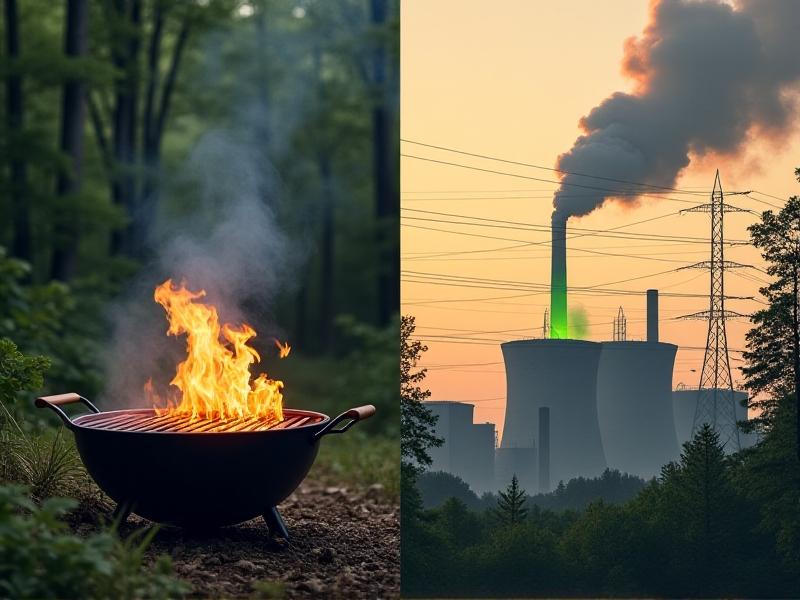
Propane burns cleaner than other fossil fuels, producing fewer greenhouse gases and particulate emissions. Its combustion releases primarily carbon dioxide and water vapor, with minimal sulfur or nitrogen oxides. Electric appliances, while emission-free at the point of use, inherit the environmental footprint of their energy source. In regions with renewable-heavy grids, electric models excel in sustainability. However, grids dependent on coal or natural gas diminish this advantage. Propane’s portability also makes it a viable backup during power outages, whereas fully electric homes risk losing functionality during grid failures unless paired with expensive battery systems.
Cost Analysis: Upfront and Operational Expenses
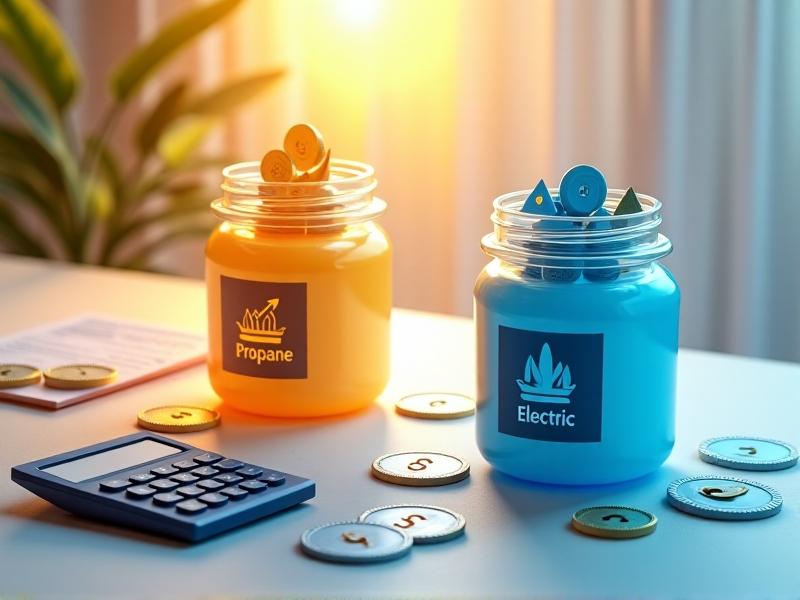
Initial costs for propane appliances are often lower than high-efficiency electric models, particularly for heating systems. However, propane requires ongoing fuel purchases, storage tanks, and maintenance. Electricity costs fluctuate based on grid demand and time-of-use rates, which can be mitigated with smart meters or solar panels. For example, a propane water heater might cost $1,000 less upfront than an electric heat pump model but incur higher annual fuel expenses. Regional propane prices and electricity rates dramatically influence long-term savings. Homeowners should calculate break-even points by comparing local energy costs against appliance lifespans—typically 10–15 years for both systems.
Performance in Extreme Conditions: Heat Output and Reliability

Propane excels in cold climates where electric heat pumps lose efficiency. Gas furnaces maintain consistent heat output regardless of outdoor temperatures, while heat pumps require auxiliary electric heating below freezing—a costly and energy-intensive process. Similarly, propane stoves provide precise flame control for high-heat cooking, whereas electric coils may lag in response time. Conversely, electric induction cooktops outperform propane in speed and safety indoors, with no open flames or gas leaks. Reliability also varies: propane systems depend on timely fuel deliveries, while electric appliances hinge on grid stability. For off-grid or rural areas, propane’s independence from infrastructure makes it a pragmatic choice.
Future Trends: Renewable Innovations and Grid Evolution
Renewable propane—derived from plant oils or animal fats—and green hydrogen are emerging as carbon-neutral alternatives to conventional gas. Meanwhile, electric grids are transitioning toward renewables and battery storage, promising cleaner energy for appliances. These advancements could blur today’s efficiency boundaries. Hybrid systems, like dual-fuel heat pumps that switch to propane during peak demand, may bridge the gap. Innovations in induction technology and energy storage also hint at a future where electric appliances dominate urban areas, while propane remains relevant for off-grid and industrial applications. The key lies in aligning appliance choices with both current needs and anticipated infrastructural shifts.
Making the Right Choice for Your Home
Ultimately, the propane-versus-electric decision hinges on individual circumstances. Urban dwellers with access to green energy may favor electric appliances for their lower emissions and smart-home integration. Rural homeowners or those prioritizing resilience might lean toward propane for its independence and high heat output. Hybrid approaches, such as pairing solar panels with a propane backup generator, offer a balanced path. Key considerations include local energy costs, climate, environmental goals, and infrastructure reliability. Consulting energy audits or incentives for high-efficiency upgrades can further refine this choice, ensuring long-term savings and sustainability.

